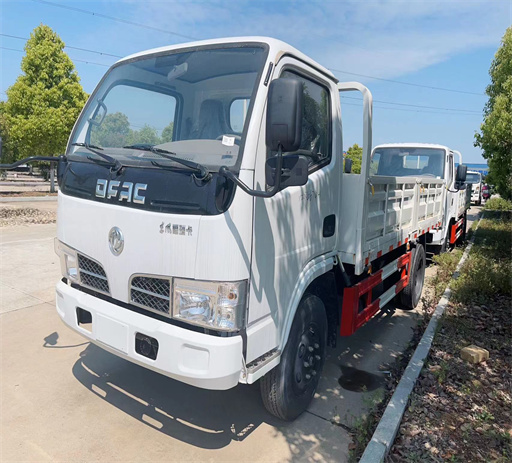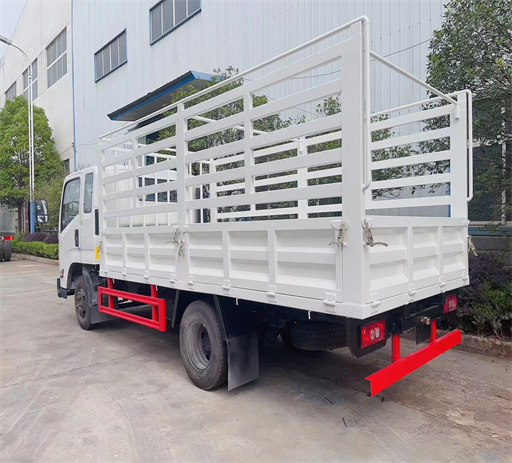Understanding Waste Equipment: Essential Tools for Efficient Waste Management
In today’s world, managing waste effectively is critical for both environmental sustainability and public health. Waste equipment plays a pivotal role in this process, offering solutions to collect, sort, and dispose of various types of waste. This comprehensive guide explores the different classes of waste equipment, their significance, and practical tips for effective waste management.

The Importance of Waste Equipment
Waste equipment is essential for various reasons, including:
- Efficiency: Streamlining the waste disposal process to save time and resources.
- Environmental Protection: Reducing waste and promoting recycling and composting efforts.
- Public Health: Ensuring proper waste disposal to prevent diseases.
- Regulatory Compliance: Adhering to local, national, and international waste management laws.
Types of Waste Equipment
1. Collection Equipment
Collection equipment is the first line of defense in waste management. It includes tools and machines that gather waste from different locations.
Examples of Collection Equipment:
- Waste Bins: Available in various sizes for residential and commercial use.
- Dumpsters: Larger containers used for bulk waste collection.
- Waste Collection Vehicles: Trucks equipped with compaction systems for efficient transport of waste.
2. Sorting Equipment
Sorting equipment is crucial for separating recyclables from general waste, which enhances recycling efforts.
Examples of Sorting Equipment:
- Conveyor Belts: Used in recycling facilities to move materials for sorting.
- Magnets: Used to extract ferrous materials from mixed waste streams.
- Optical Sorters: Utilize sensors to identify different types of materials.
3. Treatment Equipment
Treatment equipment is designed to carry out processes that reduce the volume and hazardous nature of waste.
Examples of Treatment Equipment:
- Shredders: Break down larger waste into smaller pieces for easier handling.
- Compactors: Reduce the size of waste to save space in landfills.
- Composting Machines: Facilitate the aerobic decomposition of organic matter.
4. Disposal Equipment
Disposal equipment ensures that waste is safely and efficiently taken to landfills or incinerators.
Examples of Disposal Equipment:
- Landfill Equipment: Bulldozers and compactors designed for landfill operations.
- Incinerators: Facilities that burn waste to reduce volume and generate energy.
- Transfer Stations: Facilities that consolidate waste for easier transport.
5. Recycling Equipment
Recycling equipment is specifically designed to process recyclable materials and prepare them for reuse.
Examples of Recycling Equipment:
- Bale Presses: Compress recycled materials into manageable bales.
- Granulators: Shred plastics and other materials into granules for recycling.
- Wash Lines: Clean recyclables to ensure high-quality output.
Choosing the Right Waste Equipment
Selecting appropriate waste equipment for your needs is vital for operational efficiency. Here are some tips:
1. Assess Your Needs
Determine the type and volume of waste you generate. This will help you choose the right size and type of equipment.
2. Consider Your Budget
Evaluate both initial investment costs and ongoing maintenance expenses to find equipment that fits your financial plan.
3. Evaluate Efficiency and Durability
Look for technology that enhances efficiency and don’t forget to assess the durability of the equipment.
4. Check Local Regulations
Ensure that the equipment you select complies with local waste management regulations.
5. Seek Expert Advice
Consult waste management professionals for recommendations on the best equipment for your specific requirements.
Innovations in Waste Equipment Technology
The waste management sector is continuously evolving, with new technologies emerging to enhance efficiency and sustainability.
Smart Waste Management
Smart bins equipped with sensors can monitor fill levels, helping optimize collection routes and schedules.
Waste to Energy Technologies
Advanced technologies can convert waste into energy, thus reducing landfill dependence and generating renewable energy.
Robotics and Automation
Automation in sorting processes increases accuracy and reduces manual labor associated with recycling efforts.
AI and Data Analytics
Artificial intelligence can analyze waste patterns, predict waste trends, and optimize equipment utilization.
Best Practices for Waste Management Using Equipment
Implementing best practices can ensure effective waste management while maximizing the use of equipment.

1. Regular Maintenance
Ensure that all equipment is regularly serviced and maintained to avoid breakdowns and ensure efficiency.
2. Employee Training

Provide training to staff on operating waste equipment safely and effectively.
3. Monitor Performance
Keep track of equipment performance to identify areas for improvement and maintenance needs.
4. Implement Recycling Programs
Create policies that encourage recycling and proper disposal practices within your organization.
5. Community Engagement
Engage the community in waste management efforts, offering education and resources to promote responsible waste disposal.
Conclusion
In summary, waste equipment is indispensable in ensuring effective waste management. Understanding the various types, selecting appropriate tools, and implementing best practices is vital for a successful waste management strategy. By embracing innovative technologies and community engagement, we can reduce waste and build a more sustainable future.
FAQ Section
1. What type of waste equipment is best for small businesses?
Small businesses typically benefit from waste bins, compactors, and a reliable waste collection service. The choice depends on the volume and type of waste generated.
2. How often should waste equipment be serviced?
Service frequency can vary, but it is generally advisable to conduct maintenance checks monthly or quarterly to ensure proper functioning.
3. What are the advantages of using recycling equipment?
Recycling equipment helps in achieving higher recycling rates, reducing landfill waste, and can lead to financial savings by reusing materials.
4. Can waste equipment help in reducing costs?
Yes, efficient waste equipment can minimize labor costs, reduce waste disposal fees, and maximize recycling rates, ultimately leading to savings.
5. Are there grants available for purchasing waste management equipment?
Many local and national programs offer grants and incentives for businesses and municipalities to invest in eco-friendly waste management solutions.
6. What materials can typically be recycled using waste equipment?
Common recyclable materials include paper, cardboard, plastics, metals, and glass. Specific recycling equipment can improve the recycling process for these materials.
